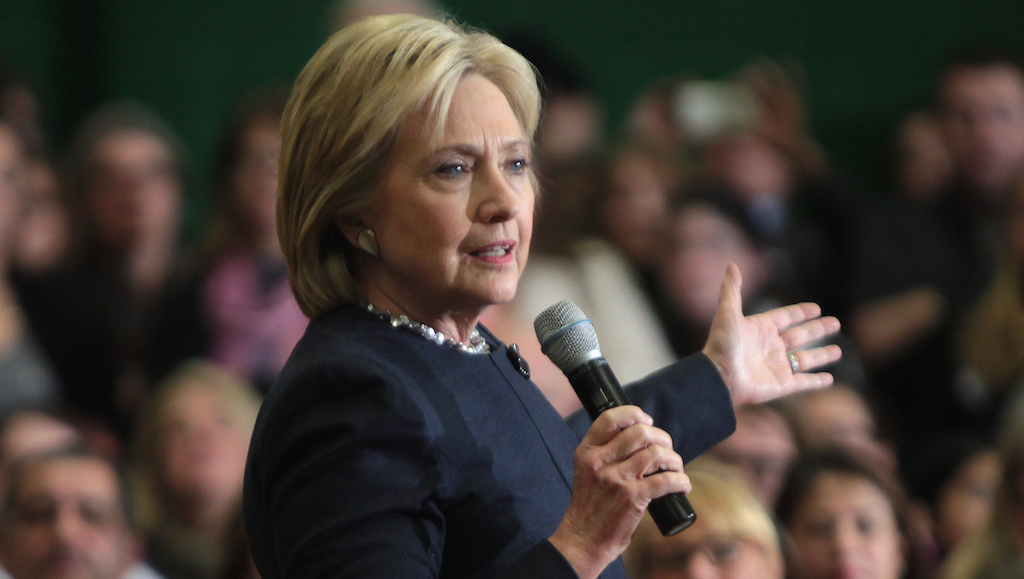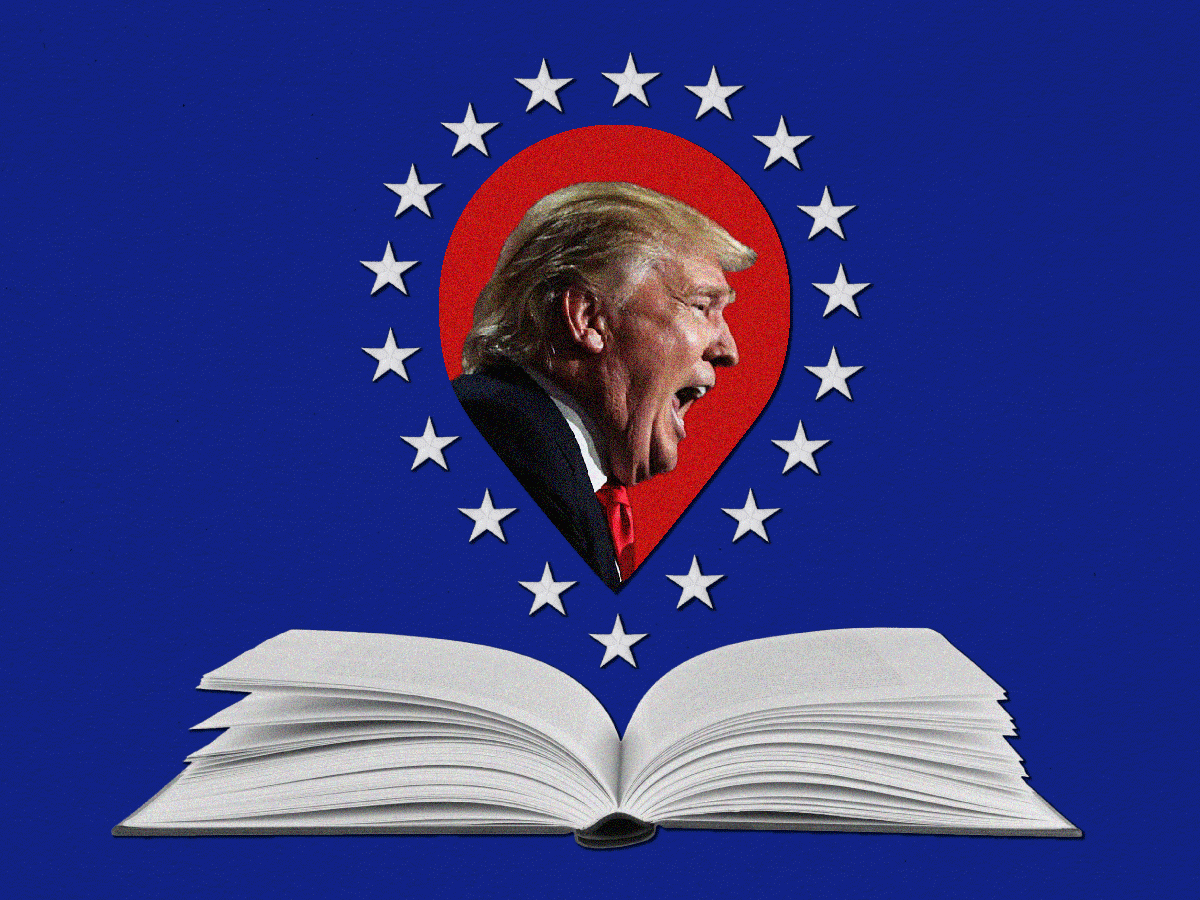A day before Hillary Clinton won primary contests in California, New Mexico, New Jersey, and South Dakota Tuesday, the Associated Press bestowed on her a two-word title that you’ll be seeing a lot until the Democratic convention in late July.
“Clinton is now the ‘presumptive nominee,’ because according to our count, she now has enough delegates backing her candidacy to win the nomination,” AP political editor David Scott said in a statement.
The AP explained how much work went into that call, polling Democratic superdelegates until it found 571 who said they would support Clinton, then adding them to the number of delegates Clinton had won so far. That put her over the 2,383 delegates she needed to clinch, the news cooperative said.
The term presumptive nominee, though, could stand a little more examination. It has slipped into American political discourse despite being unwieldy and bearing undemocratic overtones. As Ruth Walker explains:
In the rarefied precincts of dynastic inheritance, there are two kinds of heirs. An heir apparent is next in line to inherit a throne. Typically this is the eldest child of a reigning monarch. An heir presumptive, a childless monarch’s younger sibling, say, or niece or nephew, is in line for the throne and may well end up there. But his or her status is open to change if the monarch has a child. Heir presumptive may sound pretty solid. But an heir apparent comes closer to a sure thing.
Presumptive nominee landed on Donald Trump in early May after Ted Cruz dropped out of the race, removing “his last major obstacle” to the last 200 delegates he needed, the AP wrote at the time.
There’s a pleasing “ump-ump“ sound, and maybe even a bit more sly joy, in calling Trump presumptive, but it’s still a sub-optimal bit of language, the kind of thing news organizations use for lack of better options. That’s because it’s a workhorse: presumptive shows that the candidate in question is close enough to the nomination to make other outcomes seemed farfetched, yet it still conveys a sliver of unpredictability.
Indeed, says New York Times standards editor Philip B. Corbett, until a candidate emerges as nominee from her or his party’s convention, “something could still intervene.” Presumptive nominee isn’t in the Times‘s stylebook, he says, “and I’m not sure we need any special style guidance beyond the good ol’ dictionary definition — e.g. in Webster’s New World College, ‘based on probability; presumed.’ ” Hence: “once a candidate has enough delegates in hand to win the nomination, then ‘based on probability,’ I’d say it makes sense to call him or her the ‘presumptive’ nominee.”
But! Writing in the…New York Times way back in 2008, the late William Safire said “presumptive” has a “purple coloration…that befits a royal court rather than a democratic election.” While not inaccurate, he wrote, “presumptive strikes me as presumptuous. I like ‘expected, likely, probable,’ even ‘odds on.’”
I especially like likely nominee–it does the same work as presumptive without the highfalutin airs. One problem with it that I’ll concede: It may tend to remind readers that both Trump or Clinton are “historically disliked.”




















